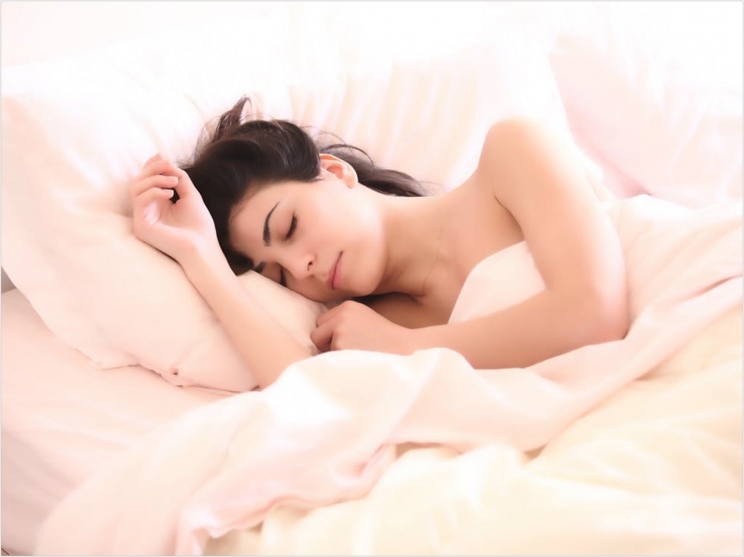
An international team of researchers has determined five traits that appear to determine the effectiveness of oral appliances in treating obstructive sleep apnea (OSA): collapsibility, muscle compensation, loop gain, arousal threshold, and ventilatory response to arousal.
“Sleep apnea is not all the same, but we only recently developed ways to look at a sleep study and determine what traits cause the condition in different patients,” said Scott Sands, PhD, senior author and assistant professor of medicine at Harvard Medical School and Brigham and Women’s Hospital in Boston.
“Since oral appliances work by improving the collapsibility of the upper airway, patients without really severe collapsibility are more likely to benefit from an oral appliance, while those with sleep apnea caused by other traits such as exaggerated reflex responses to drops in oxygen levels are less likely to benefit,” Sands said.
The researchers used new technology to measure the traits that cause sleep apnea through polysomnography, which is the test used to diagnose sleep apnea. For their study, the researchers analyzed polysomnographic data already gathered from 93 adults with an average age of 56 who were diagnosed with moderate to severe OSA.
The study focused on two traits related to the upper airway: collapsibility and muscle compensation. The patients without severe collapsibility benefitted more from the oral appliance than those without this trait. Those with a weaker reflex response of the throat muscles that maintain an open airway (lower muscle compensation) also benefitted more than those with a stronger reflex response.
Patients with very mild collapsibility, indicating deficits in other traits, responded less well. Also, three traits unrelated to the upper airway helped predict those patients who would respond less well to an oral appliance: higher loop gain, lower arousal threshold, and higher ventilatory response to arousal.
Loop gain is a measure of how aggressively the brain and lungs respond to falling oxygen and rising carbon dioxide in the blood. Arousal threshold is a measure of how easily a person wakes up from sleep. Deeper sleep, with a higher arousal threshold, promotes better breathing.
Based on these five traits, oral appliances were predicted to be effective in treating sleep apnea in more than half (61%) of the participants. Patients in this group experienced a 73% reduction in the Apnea-Hypopnea Index, which is the number of breathing pauses per hour lasting 10 seconds or longer. With an oral appliance, they had just 8 apneas/hypopneas per hour.
The other patient group experienced a smaller reduction in the Apnea-Hypopnea Index and had twice the number of breathing pauses remaining with the oral appliance. The researchers said that responses to oral appliances in their study could not be predicted by the severity of sleep apnea of by how overweight patients were.
“Surprisingly, it didn’t seem to matter whether sleep apnea was moderate or very severe,” Sands said. “Oral appliance therapy was remarkably effective in some quite overweight patients with very severe OSA.”
Based on these findings, the researchers believe that if their results are upheld in future studies, oral appliances should be considered along with continuous positive airway pressure (CPAP) as first-line therapy for treating a certain type of OSA.
“While CPAP is great for some, there remains a large group of patients who really struggle with it,” said Sands. “For these folks, this study highlights the potential benefit of measuring the underlying causes of their sleep apnea to estimate whether an oral appliance might be an equivalent or better choice over CPAP for the treatment of their sleep apnea.”
Once the most useful measures for predicting patient outcomes are established, Sands said, they will be readily incorporated into routine sleep recording systems.
The study, “Polysomnographic Endotyping to Select Obstructive Sleep Apnea Patients for Oral Appliances,” was published by the Annals of the American Thoracic Society.
Related Articles
Appliance Fights Apnea and Acidosis by Improving Oxygen Flow
The Nightguard 2.0: The ACG Day and Night Appliance System
How You Can Stop the Epidemic of Smaller Jaws











